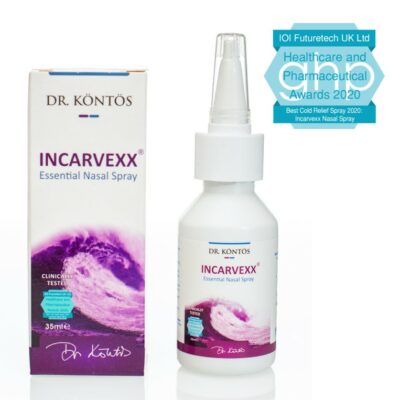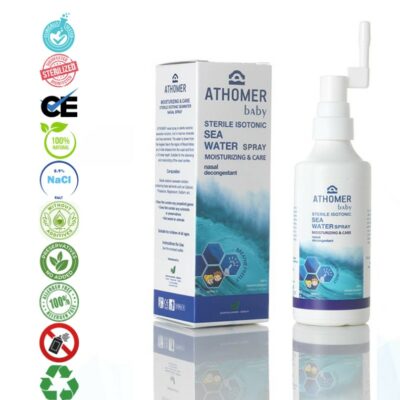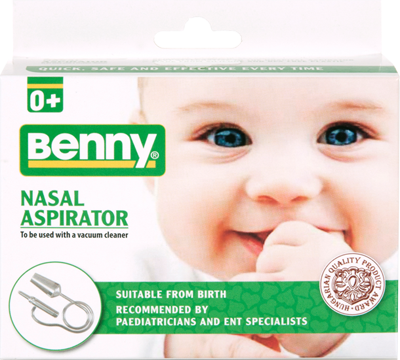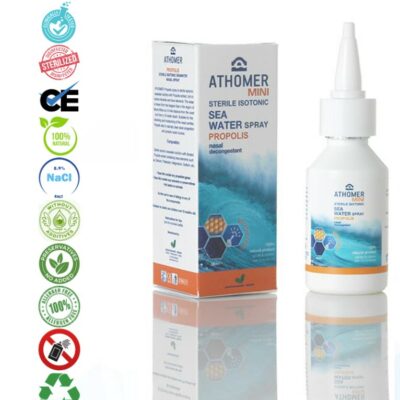Can you quickly and easily help your baby with a runny nose? The short answer to this question is to CLEAN THEM!
Babies (and often young children too) can only breathe through their noses, so for a good feed and a good sleep, it’s very important that little stuffy noses are kept as clear as possible.
Among the many devices and home remedies, only two have been designed to match the effectiveness of the hospital aspirator (otherwise known as snot-suckers): Nosy® and Benny® Nasal Aspirators. Their secret lies in the humble vacuum cleaner, which provides a steady suction to clear any stuffy, runny nose in seconds! Here is how:
- Cheerfully explain to the child what is going to happen (“You’ll be able to breathe properly in a minute, honey-bunny” – is my version) while connecting the nasal aspirator to the hoover
- Place the baby on a soft but firm surface in a safe position which leaves your hands free (e.g. kneel by a low bed in front of your baby or sit with your legs open in a V-shape with the baby’s head closest to you)
- Skirt/drip seawater spray into the stuffy nose to loosen the mucus
- Switch on the hoover and place the nozzle at the base of one of the nostrils for a couple of seconds, do same with the other. If necessary, pause and repeat (intermittent suction)
- Skirt/drip seawater spray into both nostrils to protect the sensitive lining
- Comfort and praise the child
- Wash/disinfect appropriate parts of Nosy®/Benny®
- Pat yourself on the back for a job well done
Do repeat the process 3-5 times a day and always before naptime.
Do let your toddler experiment with clearing their teddy’s runny nose with a clean aspirator and if you can, give them an empty and clean nose spray bottle.
Please remember that stagnant mucus in stuffy, runny noses can lead to further complications, as bacterial infections can spread to the sinuses, adenoids, middle ear and even the lungs causing other and more serious illnesses than the common cold. Hence, it’s even more important to clean and clear congestion in the nose.





